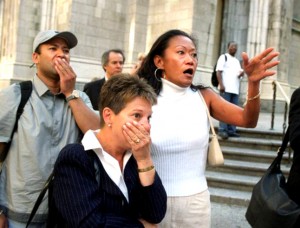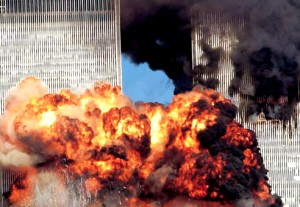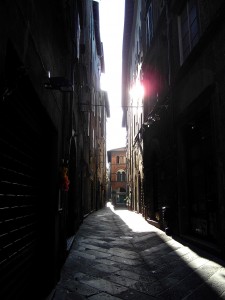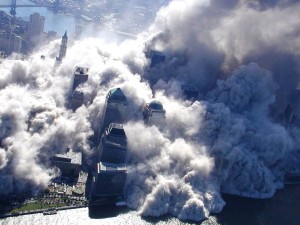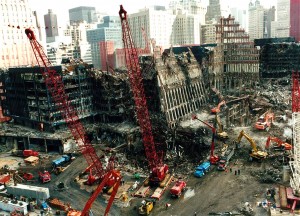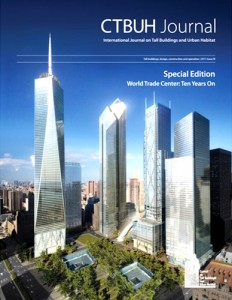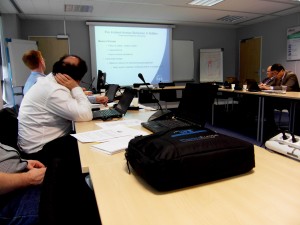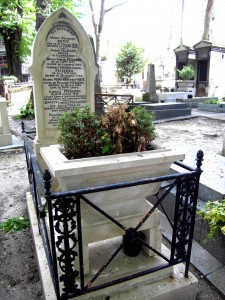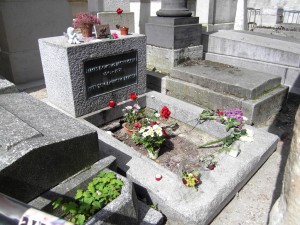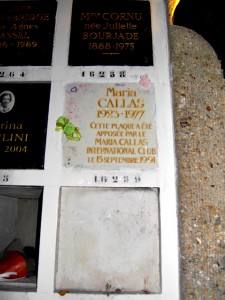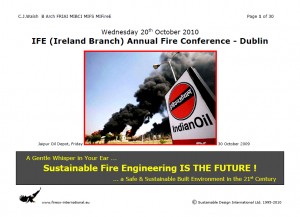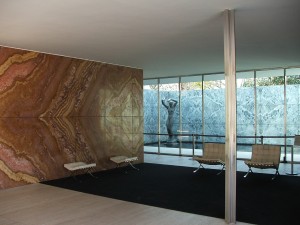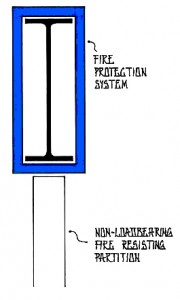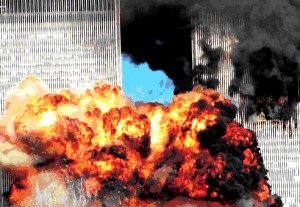Previous Posts in This Series …
2011-10-25: NIST’s Recommendations on the 9-11 WTC Building Collapses … GROUP 1. Increased Structural Integrity – Recommendations 1, 2 & 3 (out of 30)
2011-11-18: NIST WTC Recommendations 4-7 > Structural Fire Endurance … GROUP 2. Enhanced Fire Endurance of Structures – Recommendations 4, 5, 6 & 7
2011-11-24: NIST WTC Recommendations 8-11 > New Design of Structures … GROUP 3. New Methods for Fire Resisting Design of Structures – Recommendations 8, 9, 10 & 11
.
2011-11-25: SOME PRELIMINARY COMMENTS …
1. Reliability has always been an issue with Active Fire Protection Systems … but, it is neither acknowledged, nor fully understood, that … Reliability Is Equally An Issue With Passive Fire Protection Measures !
Furthermore, the following should always be taken into account when considering the Safety Factors to be applied in calculating the level of satisfactory fire safety and protection which is provided in a specific project … one of the design objectives in Ethical Fire Engineering.
For example, if Category C below is indicative of the design and construction quality on a particular building site … just think of the Priory Hall Apartment Development in Dublin (!) … the Safety Factors to be applied in the design should be high … and with regard to actual construction, it should be expected that the Reliability of both Active Fire Protection Systems and Passive Fire Protection Measures will be initially low … with Life Cycle Reliability being entirely non-existent.
Quality of Fire Engineering Design & Related Construction
Category A
(a) Design of the works is exercised by an independent, appropriately qualified and experienced architect/engineer/fire engineer, with design competence relating to fire safety and protection in buildings … and, most importantly, that he/she interacts directly with the Project Design Professional in Responsible Charge ;
(b) Installation/fitting of related construction products/systems is exercised by appropriately qualified and experienced personnel, with construction competence relating to fire safety and protection in buildings ;
(c) Supervision of the works is exercised by appropriately qualified and experienced personnel from the principal construction organization ;
(d) Regular inspections, by appropriately qualified and experienced personnel familiar with the design, and independent of the construction organization(s), are carried out to verify that the works are being executed in accordance with the fire engineering design.
Category B
(a) Design of the works is exercised by an independent, appropriately qualified and experienced architect/engineer/fire engineer ;
(b) Installation/fitting of fire-related construction products/systems is exercised by appropriately qualified and experienced personnel ;
(c) Supervision of the works is exercised by appropriately qualified and experienced personnel from the principal construction organization.
Category C
This level of design and construction execution is assumed when the requirements for Category A or Category B are not met.
2. With regard to Recommendations 12 & 13 below … in an earlier post in this series, and elsewhere, I have defined Disproportionate Damage … and differentiated that structural concept from the related concept of Fire-Induced Progressive Collapse.
A significant number of countries include a requirement on Resistance to Disproportionate Damage in their national building codes. Often, it is only necessary to consider this requirement in the case of buildings having 5 Storeys, or more … a completely arbitrary height threshold. I would consider that adequately tying together the horizontal and vertical structural elements of a building … any building … is a fundamental principle of good structural engineering !!
Putting it simply … for the purpose of showing compliance with this structural requirement … it is necessary to demonstrate that a building will remain structurally stable if a portion of the building’s structure is removed … always remembering that every building comprises both structure and fabric, i.e. non-structure.
In reality this may happen, and quite often does happen, when, for example, a large truck runs into the side of a building, which can happen anywhere … or there is a gas explosion in some part of the building, which happened in Dublin’s Raglan House back in 1987, and many times in other countries … or a plane hits a high-rise building, which happened to Milan’s iconic Pirelli Tower in 2002, and to New York’s Empire State Building way back in 1945 … etc., etc. Raglan House collapsed … the Pirelli Tower and the Empire State Building did not.
[ The World Trade Center Towers were originally designed to absorb the impact of a large plane and to remain structurally stable afterwards … in ambient conditions. However, what was not considered in the ambient structural design was ‘fire’, i.e. the fuel tanks were empty and no fire in the building would be initiated as a result of the mechanical damage caused by the plane impact … which, on 11 September 2001, proved to be a ridiculous basis for any structural design ! This is why 9-11 should be regarded, at its core, as being a very serious ‘real’ fire incident.]
What I am leading up to is this … the concept of removing a portion of a building, and it remaining structurally stable afterwards … should now – logically and rationally – also be incorporated into the fire engineering design of Active Fire Protection Systems. In other words, if a portion of a building is removed, will any particular Active Fire Protection System continue to operate effectively in the rest of the building ? This has implications for the location and adequate protection of critical system components in a building … and for the necessary redundancy, zoning and back-up alternative routeing which must be designed into the system from the beginning !
.
2005 NIST WTC RECOMMENDATIONS
GROUP 4. Improved Active Fire Protection
Active fire protection systems (i.e. sprinklers, standpipes/hoses, fire alarms, and smoke management systems) should be enhanced through improvements to the design, performance, reliability, and redundancy of such systems.
NIST WTC Recommendation 12.
NIST recommends that the performance and possibly the redundancy of active fire protection systems (sprinklers, standpipes/hoses, fire alarms, and smoke management systems) in buildings be enhanced to accommodate the greater risks associated with increasing building height and population, increased use of open spaces, high-risk building activities, fire department response limits, transient fuel loads, and higher threat profile. The performance attributes should deal realistically with the system design basis, reliability of automatic/manual operations, redundancy, and reduction of vulnerabilities due to single point failures. Affected Standards: NFPA 13, NFPA 14, NFPA 20, NFPA 72, NFPA 90A, NFPA 92A, NFPA 92B, and NFPA 101. Model Building Codes: The performance standards should be adopted in model building codes by mandatory reference to, or incorporation of, the latest edition of the standard.
NIST WTC Recommendation 13.
NIST recommends that fire alarm and communications systems in buildings be developed to provide continuous, reliable, and accurate information on the status of life safety conditions at a level of detail sufficient to manage the evacuation process in building fire emergencies; all communication and control paths in buildings need to be designed and installed to have the same resistance to failure and increased survivability above that specified in present standards. This should include means to maintain communications with evacuating occupants that can both reassure them and redirect them if conditions change. Pre-installed fire warden telephone systems can serve a useful purpose and may be installed in buildings and, if so, they should be made available for use by emergency responders. All communication and control paths in buildings need to be designed and installed to have the same resistance to failure and increased survivability above that specified in present standards. Affected Standards: NFPA 1, NFPA 72, and NFPA 101. Model Building and Fire Codes: The performance standards should be adopted in model building and fire codes by mandatory reference to, or incorporation of, the latest edition of the standard.
NIST WTC Recommendation 14.
NIST recommends that control panels at fire/emergency command stations in buildings be adapted to accept and interpret a larger quantity of more reliable information from the active fire protection systems that provide tactical decision aids to fire ground commanders, including water flow rates from pressure and flow measurement devices, and that standards for their performance be developed. Affected Standards: NFPA 1, NFPA 72, and NFPA 101. Model Building and Fire Codes: The performance standards should be adopted in model building and fire codes by mandatory reference to, or incorporation of, the latest edition of the standard.
NIST WTC Recommendation 15.
NIST recommends that systems be developed and implemented for: (1) real time off-site secure transmission of valuable information from fire alarm and other monitored building systems for use by emergency responders, at any location, to enhance situational awareness and response decisions, and maintain safe and efficient operation;* and (2) preservation of that information either off-site, or in a black box that will survive a fire or other building failure, for purposes of subsequent investigations and analysis. Standards for the performance of such systems should be developed, and their use should be required. Affected Standards: NFPA 1, NFPA 72, and NFPA 101. Model Building and Fire Codes: The performance standards should be adopted in model building and fire codes by mandatory reference to, or incorporation of, the latest edition of the standard.
[ * F-35 The alarm systems in the WTC towers were only capable of determining and displaying: (a) areas that had at some time reached alarm point conditions; and (b) areas that had not. The quality and reliability of information available to emergency responders at the Fire Command Station was not sufficient to understand the fire conditions. The only information transmitted outside the buildings was the fact that the buildings had gone into alarm. Further, the fire alarm system in WTC Building 7, which was transmitted to a monitoring service, was on ‘test mode’ during the morning of 11 September 2001, because routine maintenance was being performed. Under test mode conditions: (1) the system is typically disabled for the entire building, not just for the area where work is being performed; and (2) alarm signals typically do not show up on an operator console.]
.
.
END
